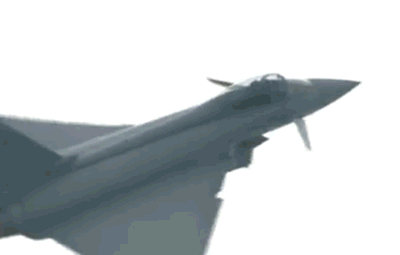Forces

A force is a push
or a pull that causes an object to either:
- increase or decrease its speed
- change its direction
- change its shape.
If any of these things happen then unbalanced forces must be acting on the object
in question.
Click to see some of the different types of forces
Contact forces physically push or pull objects. Examples of such forces include:
-friction, which acts between two surfaces that slide over one another. This force opposes the movement of one surface over the other.
-drag is a force that opposes the movement of objects through the air or water. It comes about due to molecules colliding with the surface of an object as it moves through air or water.
-thrust is created when gas or liquid is pushed, under great pressure, from the rear of an engine.
-lift is a force usually associated with aircraft. Lift is generated when air flows quickly over a curved surface.
-buoyancy is a force that we identify with boats and other sea vessels. This force comes about when an object displaces liquid that it is placed in. The greater the mass of the liquid displaced(pushed aside) the greater the force. This force acts upwards opposing the force of gravity. Hot air balloons rise due to buoyancy.
Non-contact forces include gravity, magnetic and electrostatic.
Observe how stable some structures become when a mass is attached to them. Here we see a cork balancing on a fine pin when two forks are attached to it.
Can you explain what is going on. Hint. You might wish to investigate what the centre of gravity is and how it is uses gravity to make things very stable.
Continue with balanced forces